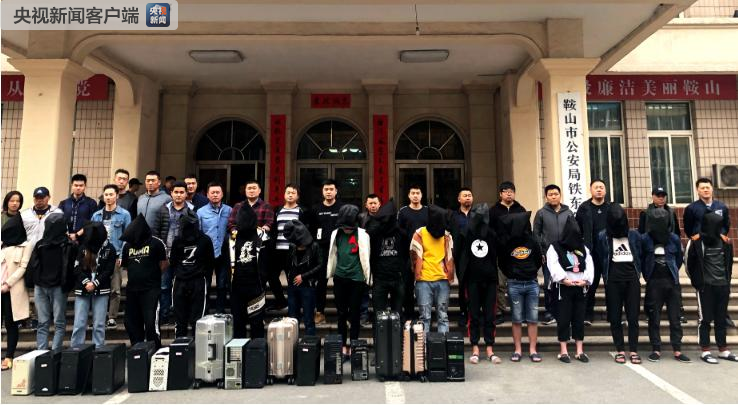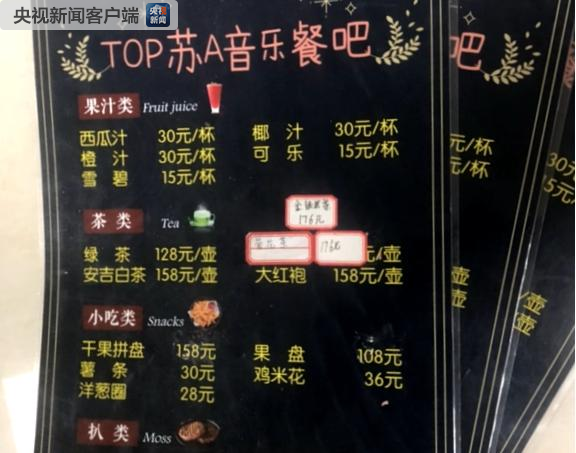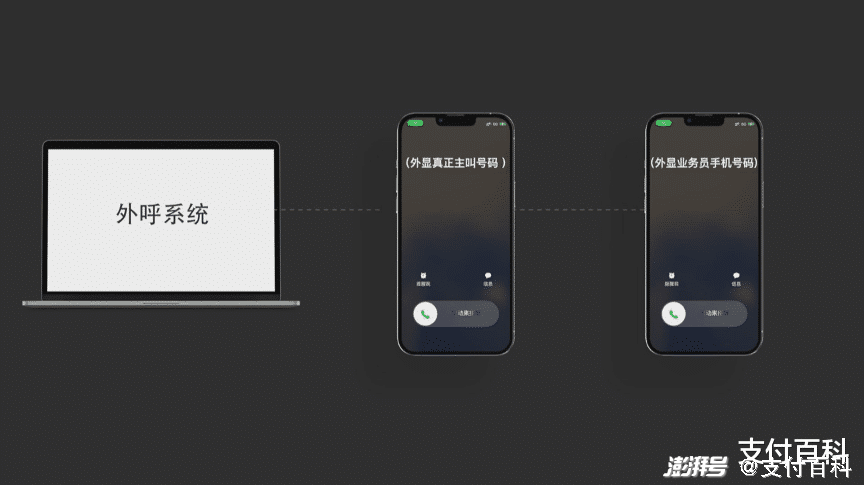The ancients said: "A famous building is not long-lasting unless it has a record, and a record is not written by a giant." Yueyang Tower was built in the 20th year of Jian ‘an in Han Dynasty (AD 215), and its fame in the world began more than 800 years later with Fan Zhongyan’s The Story of Yueyang Tower. The Yellow Crane Tower was built in Huang Wu in the Three Kingdoms period for two years (AD 223), and its fame began with Cui Hao’s poem "Yellow Crane Tower" more than 700 years later. Tengwang Pavilion was built in the fourth year of Tang Yonghui (AD 563), and its fame began decades later with Wang Bo’s Preface to Tengwang Pavilion. Nanjing Yuejiang Tower, both "four famous buildings", is famous all over the world because of Zhu Yuanzhang’s and Song Lian’s "Yuejiang Tower", but it has not been recorded for more than 600 years since the "Yuejiang Tower" was written, and it didn’t stand on the lion hill beside Xiaguan River in Nanjing until the beginning of the 21st century.

▲ Yuejiang Building
Lion Mountain, named Lu Longshan in ancient times, is near the Yangtze River, with an altitude of 78 meters. Except that the river bank itself is about 10 meters above sea level, the actual mountain height is more than 60 meters. Looking at this mountain from the river, it looks like a wriggling green snail, and it looks like a bun on a girl’s head. In ancient times, there was an old saying, "Wu Qiang looks at it from afar and sees the snail leaving across the river." Because it is located in the north of Nanjing, it has the name of "Beishan" in ancient times. Although the mountain is not high, this hill, which stands upright by the river, has always been a defensive fortress and a military stronghold. It is known as the "Lion Ridge" and is one of the 48 scenic spots in ancient Jinling.
"Lu Longshan" broke Chen Youliang.
At the end of the Yuan Dynasty, officials were corrupt, extorted money, the people went bankrupt and went into exile, and peasant uprisings broke out in various places. Born in a poor peasant family, Zhu Yuanzhang joined the Red Scarf Army led by Guo Zixing in Haozhou (now Fengyang County, Anhui Province) in the 12th year of Yuan Zhizheng (1352). Because of his repeated meritorious military service, he was favored by Guo Zixing. Guo betrothed his adopted daughter, Ma Shi, to Zhu Yuanzhang and appointed Zhu to take charge of important positions in the army. Since then, Zhu Yuanzhang led his troops to Dingyuan and Chuzhou successively, and laid Jiqing (also known as Yingtian, now Nanjing) in the 16th year of Yuan Dynasty.

▲ A picture of Jinghai Temple written by Ge Yinliang in the Ming Dynasty, the wall of Yifengmen section winds between Jinghai Temple and Lion Mountain.
In the 20th year of Yuan Dynasty (1360), Chen Youliang (1320 ~ 1363), another peasant armed group that established itself as Hanwang, led about 400,000 troops down the river to attack Yingtian. At that time, Zhu Yuanzhang had only 70,000 troops inside and outside Yingtian. At this critical moment, Zhu Yuanzhang listened to the advice of counselors and generals such as Liu Ji and set a major plan to ambush the enemy in the area of Lion Mountain (then named Lu Longshan).
Zhu Yuanzhang secretly called Kang Maocai, the general of the water army, to give a plan. Because Kang Maocai was familiar with Chen Youliang, he asked Kang to write to Chen, demanding to surrender to Chen, and agreed that Chen’s ships would advance under the Jiangdong wooden bridge guarded by Kang Maocai, and then Kang Maocai would tear down the bridge and release it, and occupy the sky from the inside. Chen Youliang believed in this letter. A few days before the decisive battle, Kang Maocai ordered the soldiers and civilians to dismantle the wooden bridge and build a strong large stone bridge to make it impossible for ships to pass.

▲ Lion Mountain
On the day of the agreed siege, after Chen Youliang’s army fleet sailed into the inland river from the Yangtze River, it sent people to the bridge to shout "Old Kang" several times, but no one answered. When they got closer, they found that the wooden bridge was changed into a stone bridge, and the ships could not pass. Chen Jun had to abandon the ship and go ashore, braving the heat and fatigue. Zhu Yuanzhang repulsed Chen Youliang’s 400,000 troops with red and yellow flags on the Lion Mountain. The significance of this battle is no less than that of the Julu War of Xiang Yu, which laid the foundation for the establishment of the Ming Dynasty.
Zhu Yuanzhang was obsessed with "Lion Mountain"
Six or seven years after Zhu Yuanzhang established the Ming Dynasty, the world was settled and everything was waiting for prosperity. At this time, what he never forgets is Lu Longshan in the north of the city. When he saw the surrounding mountains, he named them Lion Mountain, Tiger Mountain and Xiangshan according to the shapes of the mountains, which means "Beasts encircle the mountains and guard the capital". Since then, he personally wrote and wrote the 1199-word "Yue Jiang Lou Ji". The article recalls the process of Ying Tian’s great victory and the role played by Lion Mountain in that year: "I took Huang Jing as the left side of the mountain and the red flag as the right side of the mountain, saying that I was ambushing:’ The red flag shook and the enemy attacked, and Huang Jing moved and fell.’ When it was, I fell on the sun of Lime Mountain with 30,000 chosen men, and raised a sign in Sri Lanka. As I promised, the army advanced with one drum, drowning 20 thousand and capturing 7 thousand. "("A Record of Ming Taizu ",Volume 8," The Story of the Yuejiang Tower ") and wrote:" Looking at this mountain, it is not universal. In the seventh year of Hongwu, Jia Yinchun ordered the workers to build a building to cover the head of the mountain because of the mountain. " Clearly expressed the need to build Yuejiang Tower.

▲ White marble tablet "Yue Jiang Lou Ji"
With the article, the name of the building was fixed, and he was still unfinished. He simply ordered his civil servants to write a propositional composition "Reading the River Tower". At that time, many people thought hard about it and wrote it in writing. At that time, there were dozens of articles on the same topic, but the better one was the 500-word Yue Jiang Lou Ji written by Song Lian, a great scholar, which was incorporated into The View of Ancient Chinese Literature. Therefore, among the literary and historical classics that have been circulated in an orderly way, there are two pieces of Yue Jiang Lou Ji, namely "Zhu Ji" and "Song Ji", which set each other off and become interesting, which can be regarded as a much-told story in literary and historical materials.
Is there a Yuejiang Building?
Yuejiang Tower was not built because of these two famous "Lou Ji", on the contrary, it was not built after twists and turns. According to another article written by Zhu Yuanzhang, "This year, prisoners who want to serve in prison built the Yuejiang Tower in Lion Mountain" (Zhu Yuanzhang’s "Reading the Jiangling Tower Again (Parallel Sequence)", originally published in Ming Taizu Record), at that time, a group of craftsmen and prisoners had been arranged to come to the top of the mountain, and a "flat stone" for building was built at the top of the lion mountain, which is the foundation. However, "I’m not in a hurry when I’m late and I’m in heaven." I am afraid of it today, but I will stop it. " That is to say, when we were about to start work on auspicious days, the stars and the moon in the sky were abnormal (according to the investigation, there was a "new moon on the fifth day" at that time), and we couldn’t see the stars and the moon for several days. It was recorded in Ming History that there were many eclipses and earthquakes at that time.
Zhu Yuanzhang used to be a monk, and he was a little superstitious about astronomical phenomena. He invited ministers and warlocks to ponder and discuss, and they all felt that this omen was ominous and it was not appropriate to break ground. So Zhu Yuanzhang wrote an article "Reading the River Tower Again (in parallel)" and announced that he would not build a building. He said in the article: "The vastness of the husband’s palace, the prosperity of the Taiwan Pavilion, is not an urgent matter; The work of civil engineering is what the sage does not do. " He also gave himself an excellent excuse under the pretext of the minister’s tone: "Today, the emperor’s voice is far away from the wilderness, and he is guarding the four barbarians, spreading the world, and the people’s feelings are smooth, and the risks are solid. Why bother to read the high dangers of the Jianglou and refuse the situation?" The building of the Yuejiang Tower is over.

▲ "Yuejiang Tower" was not marked on the "Imperial Capital Map" in the Textual Research on Jinling Ancient and Modern Pictures, but a "Wangjiang Tower" was marked next to "Lulongshan".
In the Ming Dynasty, Wang Yangming wrote a poem "Climbing to the River Tower": "The top building is deserted and famous, and the high emperor once lived here in Longjing. Danger exists in the moral virtual barrier, and it is guarded in the barbarian stone city. The mountains are full of kingliness in ancient and modern times, and the rivers turn into autumn sounds. Who can give Jane when she is on the board? A new pavilion through the ages. " Since the Ming History clearly records that Zhu Yuanzhang did not build the Yuejiang Tower, what is the Yuejiang Tower that Wang Yangming "boarded"? According to the textual research of Professor Li Liwen, a well-known geography education expert in China, it was more than 130 years since Song Lian wrote "Yue Jiang Lou Ji" when Wang Yangming wrote "Deng Yue Jiang Lou" (1514). The "building shortage" in the poem also shows that the building is broken and the "simple building" has been abandoned for a long time. This poem can be said to be the only evidence of a building at present. Therefore, the Yuejiang Tower is missing. It may be that a "watchful lookout" building was built for military purposes, such as preventing Japanese pirates. It is that building that Wang Yangming boarded.

▲ Old Shadow of Lion Mountain
"The earliest project and the latest project"
Over the past 600 years, people have all evoked the lingering "Yue Jiang Lou Complex" because of the well-known "Yue Jiang Lou Ji". Until the 1990s, the then NPC deputies and CPPCC members in Xiaguan District of Nanjing repeatedly proposed to build a historic building, Yuejiang Building, in the new era and new society, and their suggestions were adopted. However, since Lion Mountain has always been a military important place, and the Nanjing Military Region Air Force troops are stationed on the mountain, the construction of Yuejiang Building cannot be included in the five-year plan or annual plan, and the construction of the building has been in the retreat stage.
On July 1, 1997, the whole country rejoiced to celebrate the return of Hong Kong. Since then, the work related to the expansion of Jinghai Temple and the celebration of the return of Hong Kong in Xiaguan District has come to an end, and one of the hot spots of literature and history work and urban construction work has been turned into the construction of Yuejiang Tower. Through active communication between the military and the land, an agreement was finally signed in 1998 and submitted to the relevant departments of the Military Commission in Beijing for approval. Through land replacement, the military and the land jointly built urban public facilities.

On February 2, 1998, the project of Yuejiang Building officially started. Previously, the professional design team consulted literature and history materials, and combined with Zhu Yuanzhang’s own vision of the royal pavilion, made a design plan. The main project investment is more than 40 million yuan, plus supporting facilities and surrounding environment management, with a total investment of more than 200 million yuan. It lasted 31 months and was completed on August 31, 2001. The completion of Yuejiang Tower has promoted the overall planning and adjustment of the surrounding areas of Lion Mountain and the transformation of the old city, dredged the moat and built a seven-hole stone bridge. The Tianfei Palace and Jinghai Temple on the Shanxi side have been connected with Yuejiang Tower and Yifengmen after expansion, and together with the south side of Yi Jiangmen, Xiuqiu Park and Xiaotaoyuan, a green tourist zone with a length of 2 kilometers from north to south and a width of 500 meters from east to west has been formed, which fully embodies the characteristics of Nanjing’s "integration of mountains, rivers and forests".

▲ Night view of Yuejiang Building
On September 16th, 2001, Comrade Li Ruihuan and his party visited the building and wrote an inscription for Yuejiang Building: "Going to the building to look back on the past and learn from the past". After listening to the introduction, he said humorously: "This should be the earliest and latest project in the history of our country, and construction will not start until more than 600 years after the project is approved."
(Author: Yu Ming)
This article was pushed by WeChat official account "Local Records of Jiangsu", the official publication of Jiangsu Local Records Office.






















